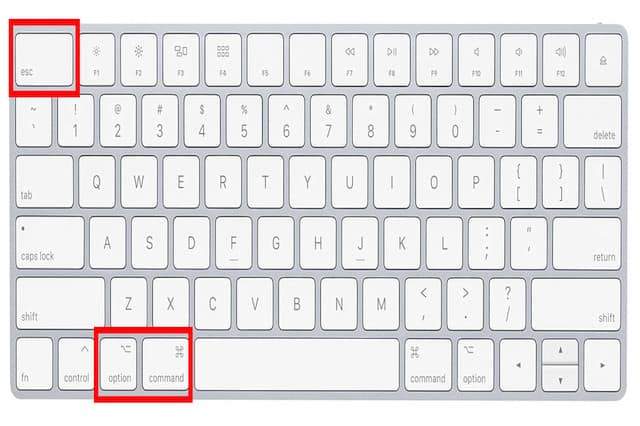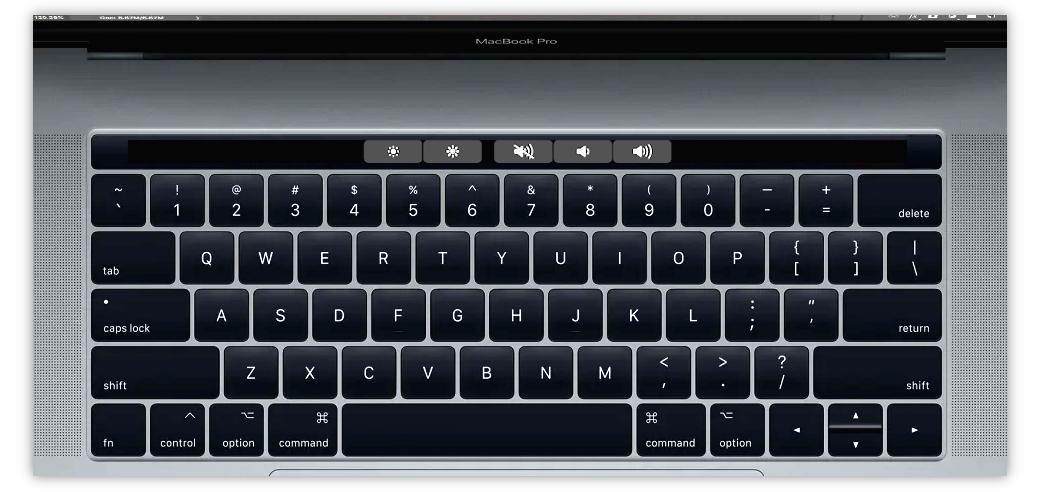

Being familiar with the operation of these shortcut keys can bring us a lot of help. What is the shortcut key for deletion? Let’s introduce it here. Like the delete key, you might as well try it! We are used to using the delete key, but the crtl + D combination key is also a shortcut key to delete files and folders. If you want to delete directly without going through the recycle bin, you can press Shift + delete to delete completely! Select a file or folder and press Delete to delete it to the recycle bin! If you want to delete a large section of text, select it first, and then press backspace or delete! The delete key deletes the text content behind the cursor. The backspace key can delete the text content in front of the cursor! If you accidentally type a wrong word, you don’t need to select it. Where is the computer delete key? What is the shortcut key to delete? However, don’t you find it inconvenient to use this way? So what is the shortcut key to delete? Now Xiaobian will tell you what the shortcut key to delete is. Usually, we think that the shortcut key of “delete” is the delete key on the keyboard. This will cause programs to use your private copy of the terminal definition.We often need to delete things in the process of using the computer, and we all remember a lot of shortcut keys, such as common copy Ctrl + C, paste Ctrl + V, etc. Set an environment variable TERMINFO to whatever you used for. Do everything the same as above except when you get to compiling it, use If it is not defined there, you can make your own copy of it. If it is defined there, you can make your keyboard mapping match the definition there. If you don't control it, you can still do an infocmp and see if kdch1 is defined.

If you log onto a remote server, it is the server version of the definition file that matters. You probably need admin privilege for the last step so you may have to sudo it. You can stick it in anywhere, I stuck it in a line with some other keypad definitions like: $ vi termdef.tmp (Going to edit the decompiled version) $ infocmp > termdef.tmp (Decompiles terminfo file for the current term type) Open a Terminal.app and cd to directory with some room to play. Mapping the forward delete key is done with kdch1.
#MAC OS DELETE KEY MAC#
Is there a way that one can do the same thing on a mac keyboard.
#MAC OS DELETE KEY WINDOWS#
It is the key in the upper right hand corner of the windows keyboard called the 'pause break' key.
#MAC OS DELETE KEY CODE#
Apparently dch1 is the code to SEND to a terminal to have it forward-delete 1 character on the screen. When my girlfriend uses virtual pc on her mac she needs to use a key that is on windows keyboards but not on mac keyboards. Furthermore, although the vt102 definition does contain a definition for dch1, I discovered that is not the correct capability to define.

The problem is that the terminfo description of the vt100 which is the default emulation mode for Terminal.app doesn't contain a definition for the forward delete key. In the course of trying to port a curses-depended program I wrote some years ago on a Sys V system to work in Terminal.app, I spent a bunch of hours messing around with the problem and finally solved it. The problem is that the applications where the forward delete key doesn't work use the Terminfo terminal database and are probably using the curses library that depends on it ads that is the unix toolbag for writing terminal-independent programs.


 0 kommentar(er)
0 kommentar(er)
